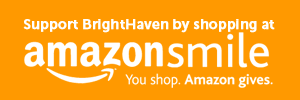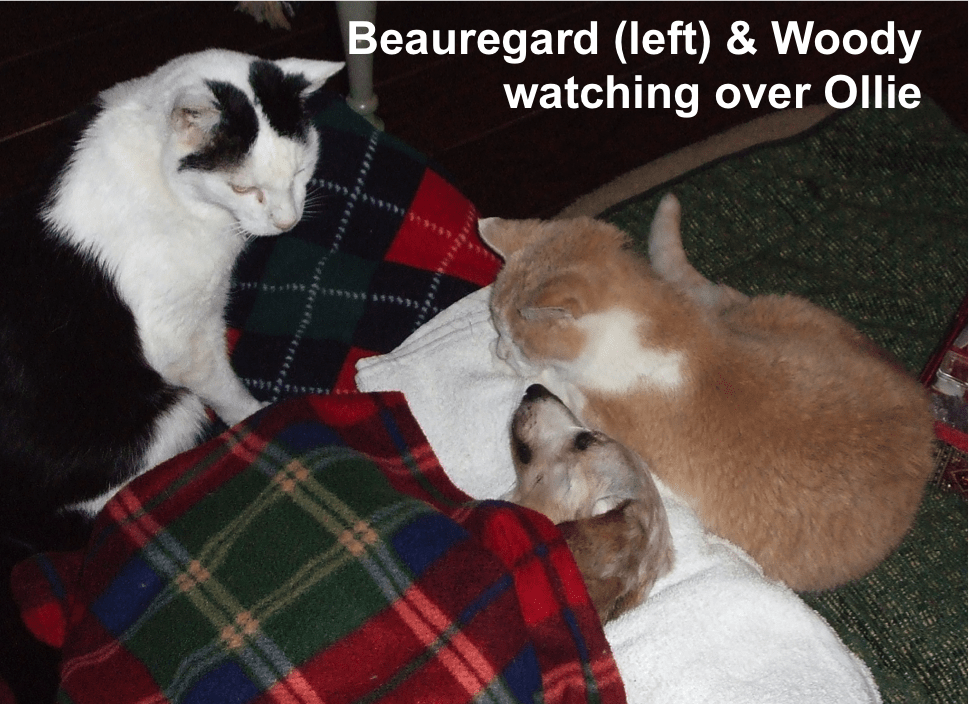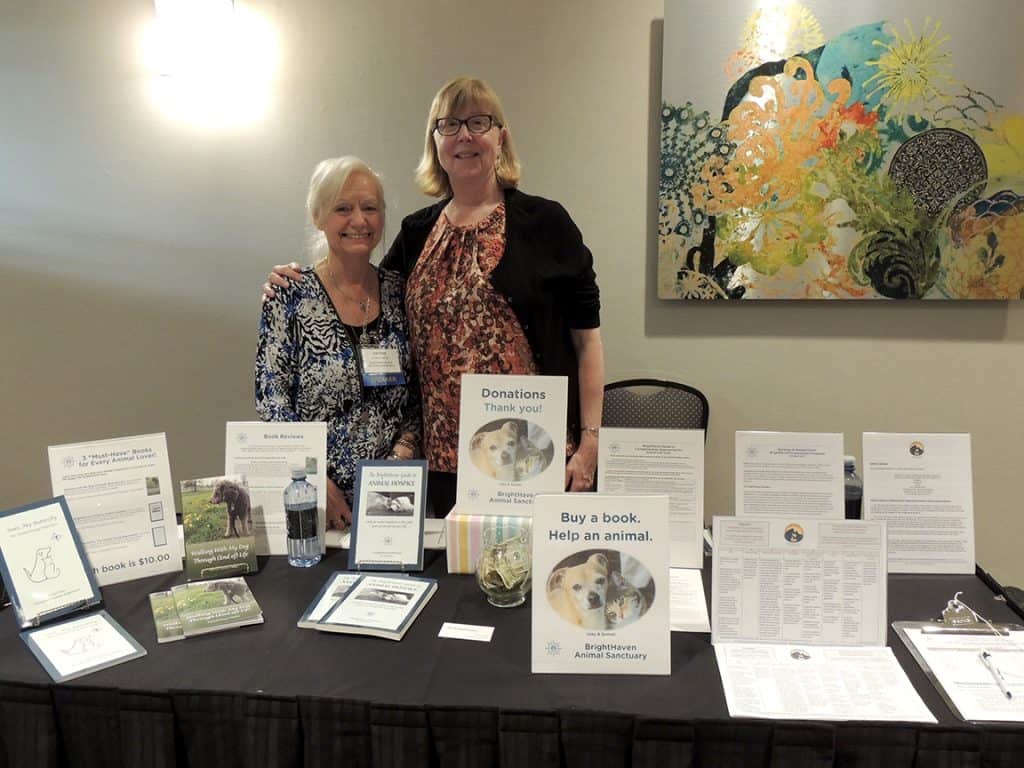
BrightHaven President and Co-Founder Gail Pope and I recently returned from the 7th annual International Association of Animal Hospice and Palliative Care (IAAHPC) Conference where we introduced the Quality of Dying Checklist.
We met many wonderful and like-minded people who wish to provide peace, comfort and the best possible care to animals as they approach the end of life, and to the humans who love them.
BrightHaven is a pioneer and leader in the ever-expanding field of animal hospice and our experience with hospice-supported natural dying is unique and well known.
One of the main goals of our presentation was to help attendees, who were primarily in the veterinary field, to understand that every animal caregiver should have as much information as possible to make the best decision for his/her particular animal and situation.
One of the key points we emphasized was that a being is fully alive until a being is dead and must be treated accordingly, with dignity, compassion and a commitment to maintaining that being’s comfort.
(IAAHPC is the first animal hospice organization, with members from all walks of life including the veterinary community and general public. Gail was one of the Founding Board Members and is currently a member of their Advisory Board.)
BrightHaven’s Guiding Statement of Animal Hospice
As you can see, BrightHaven is not opposed to euthanasia. We simply do all possible to achieve a natural death and most often succeed. We believe one key may be in accepting the dying process, seeing it as normal and NOT a failure:
At BrightHaven, when an animal enters hospice care our expectation is that the animal will have a painless, loving, peaceful journey followed by a painless, loving, peaceful & natural death.
If a place is reached during that journey where the caregiver, the veterinarian AND the animal, believe the animal to be in need of critical assistance, then euthanasia will be used.
Why the Quality of Dying Checklist?
Measuring quality of life is a standard method used to help make hospice care and end-of-life decisions regarding an animal or a human companion.
At BrightHaven, we believe the way in which quality of life is measured should change as the hospice journey progresses towards dying, and as our research has shown, there is a keen demand for such a tool in animal hospice.
What is the Quality of Dying Checklist?
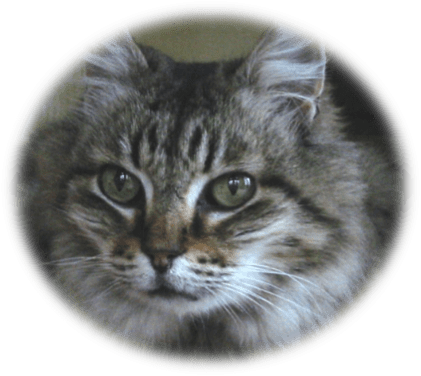
The checklist is based on the acronym “PEACEFUL” and this helpful tool was developed by a consortium called GRACE consisting of Dr. Ella Bittel of Spirits in Transation, Dr. Kathryn Marocchino of The Nikki Hospice Foundation for Pets and Gail Pope, Founder of BrightHaven. The QOD Checklist is designed to help people work through the dying process.
It IS a checklist, NOT a scale, and is focused on healing rather than cure. At BrightHaven, we define healing as achieving balance of body, mind & spirit.
It is an important tool that also:
- Determines acceptable quality of life to continue the normal, natural dying process.
- Benefits the entire hospice team when an animal appears to be approaching death.
- Facilitates a discussion on the different hospice care approaches and end-of-life options available to the caregiver and patient, which include euthanasia and a hospice-supported natural death (HSND).
- Provides information to help client/caregiver make an informed decision, rather than one based on fear.
- Remains neutral to the medical approach—conventional, holistic or integrative.
Who Can Use the QOD Checklist?
- Caregiver & caregiver’s family & friends.
- Veterinarian.
- Vet techs.
- Other hospice practitioners.
- Social worker.
- Holistic therapy practitioners.
- Animal intuitive/communicator.
- Respite support.
When Is the QOD Checklist Used?
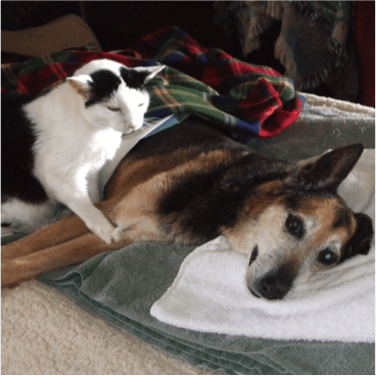
The focus shifts at the time the dying process begins, a time that is different for every being and generally around 1-3 months prior to death
From the human’s perspective, the checklist becomes relevant at the time the caregiver or other members of the team begin questioning quality of life.
From the animal’s perspective, the checklist comes into play when things start to change symptomatically and/or emotionally, indicating that the dying process has started. A few of the things you may notice at this time include:
- Symptoms of chronic illness are starting to fade.
- The animal is slowing down more and detaching a little more from daily life.
- The animal is preferring more solitude.
What Does the Hospice Provider Do with the QOD Checklist Assessment Results?
The hospice provider:
- Makes & discusses assessment with the caregiver, loved ones and team.
- Assists the caregiver with clarifying where animal is in dying process.
- Helps the caregiver understand death may not come as soon as they expect.
What Does the Caregiver Do with the QOD Checklist Assessment Results?
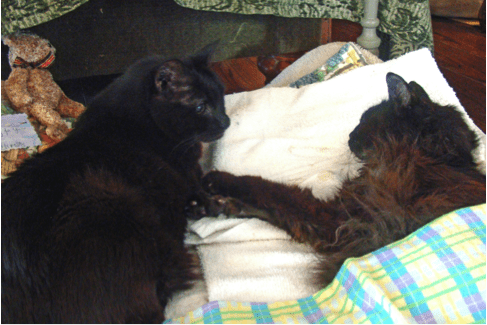
It’s important for the caregiver to:
- Discuss findings with loved ones & support team.
- Realize that s/he has choices.
- Understand the implications of each choice.
- Consider his/her own spiritual beliefs.
- Look at things from the patient/animal’s perspective.
- Remove fear from the equation.
“You count because you are. And you will be of significance until the last moment of your life. And we will do everything we can so that not only you can die in peace, but also live all the way to the end.” ~Dame Cicely Saunders
_____________________
BrightHaven Resources to Help Your Animal to Live Well Through the Last Breath
-
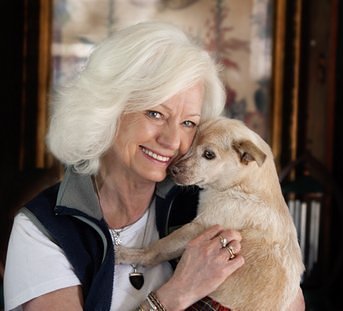
Gail & Joey
Photo by Lexie – in joy photographyDo you have questions about how BrightHaven’s holistic healing or animal hospice care approaches can help your animal? Book a consultation with Gail by sending an email to consultations@brighthaven.org
- The BrightHaven Guide to Animal Hospice—learn how to care for your animal companions in their Golden Years and through the end of life (Author: Gail Pope)
- Available in italiano on Amazon: http://amzn.to/2f8cTcl
- Soar My Butterfly: The Animal Dying Experience—a simple guide to the signs and symptoms you may encounter during the final stages of the natural dying process (Author: Gail Pope)
- The BrightHaven Guide to Animal Hospice Online Series—BrightHaven Co-Founders Gail and Richard Pope share what they’ve learned since 1990 about holistic healing, living well and dying well by following the wisdom of the animals.
- Walking with My Dog Through (End of) Life—an intimate look at a profound life passage, from terminal diagnosis through hospice care and natural death. (Author: Carol Howe Hulse, BrightHaven Education Program Specialist)


